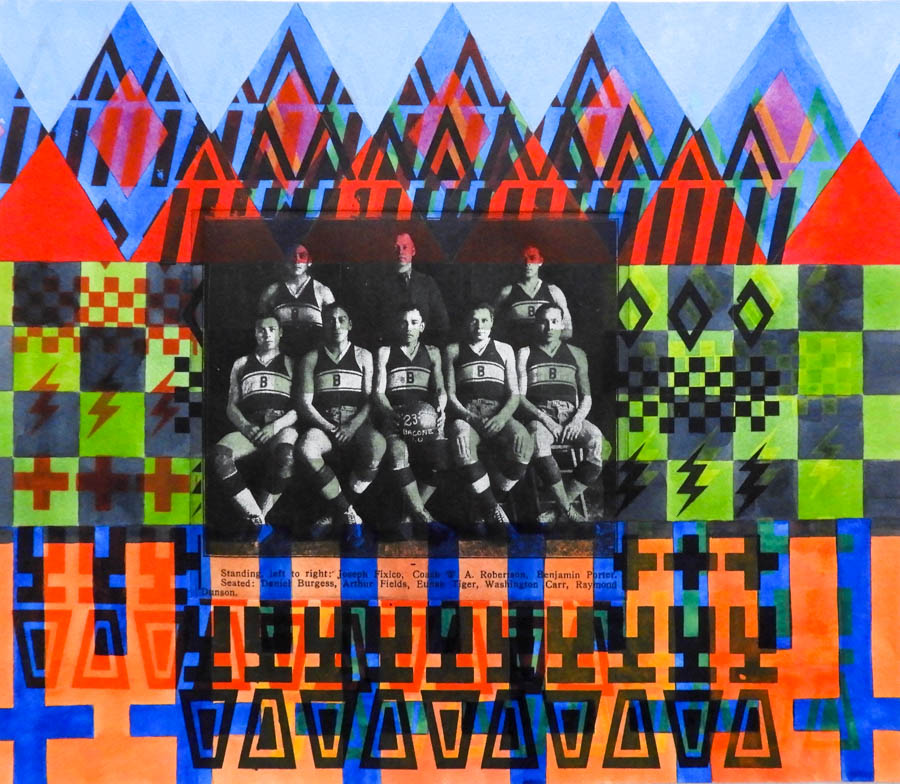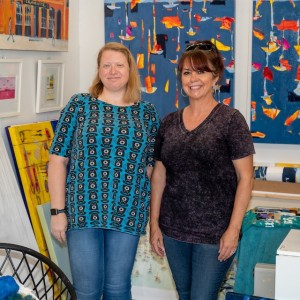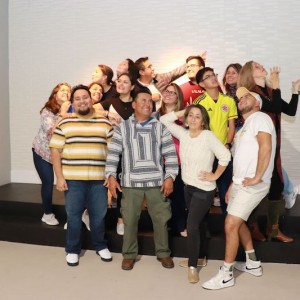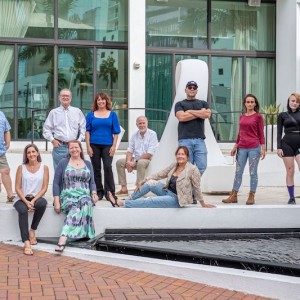For many, home is more than just a place. Home is a feeling– comfort, safety, a warm embrace –a tradition, woven through the fabric of our lives, placing us exactly where we need to be. It’s a sense of belonging, regardless if it originates from a piece of land or a pair of hands. To be separated from that sense is to be left adrift, floating freely away from what you hold closest to you. It’s a feeling that the Seminole people know all too well. The Seminoles, comprised of three federally recognized tribes – the Seminole Nation of Oklahoma, the Seminole Tribe of Florida, and Miccosukee Tribe of Indians of Florida, in addition to ancillary independent groups – were amongst the roughly 60,000 Native Americans who were forcibly expelled from their ancestral homelands in the Southeast after the passage of the Indian Removal Act in 1830. A resistance to the expulsion led to the Second Seminole War, the bloodiest war against Native Americans in United States history, and eventually the Third Seminole War, after which only hundreds of Seminoles remained in Florida, slowly rebuilding their culture, customs, and traditions in the Everglades.
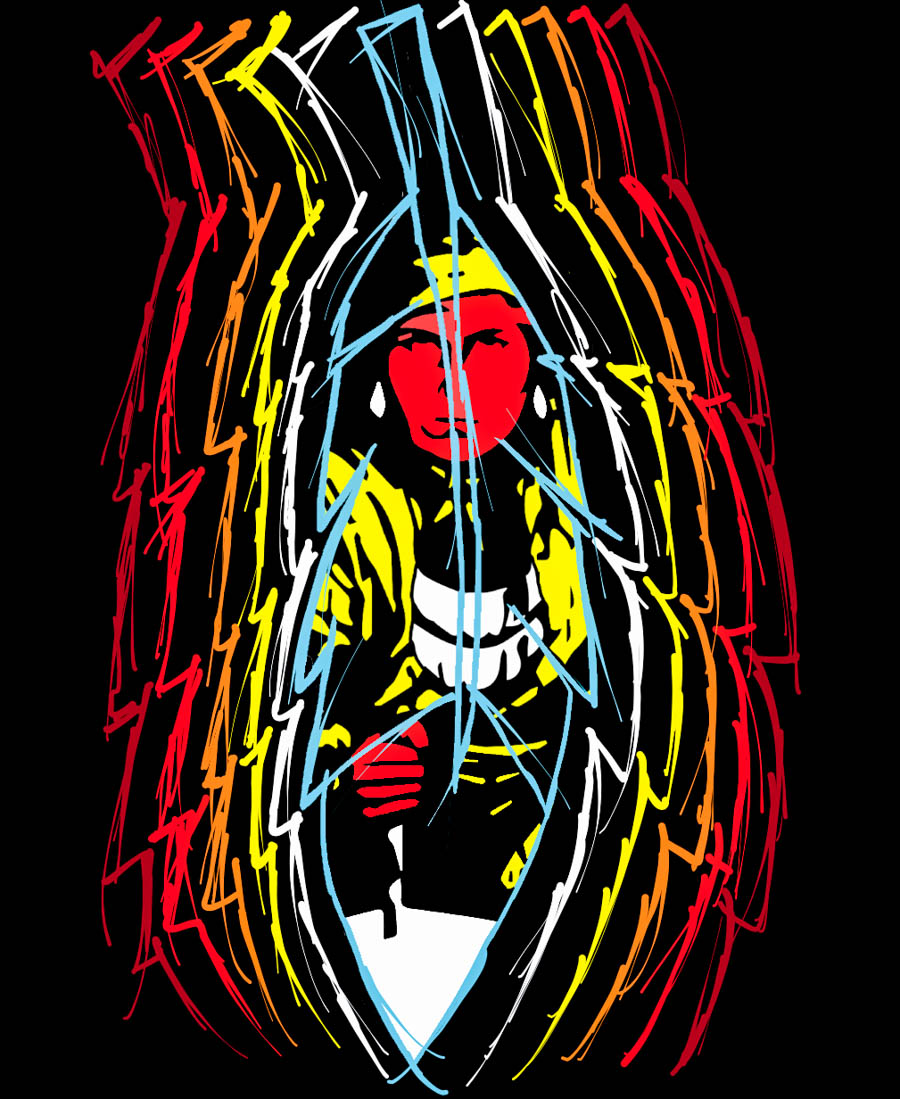
This Spring, The Ringling is looking to forge a connection with remnants of that past with their group exhibition Reclaiming Home: Contemporary Seminole Art. The exhibition, which will feature artwork from Seminole, Miccosukee, Muscogee (Creek) and mixed-heritage artists hailing from Florida and beyond, is the museum’s first display of contemporary art from Native American artists with historical and present-day connections to Florida. “As a contemporary curator, I want to look for voices that have not been emphasized and find the artistic communities that have been overlooked and underrepresented in the past,” says Ola Wlusek, The Ringling’s Keith D. and Linda L. Monda Curator of Modern and Contemporary Art and curator of the exhibition. “Native American art is so crucial to the story of arts within the U.S. and Canada. The onus for this exhibition really stemmed from this overt gap in The Ringling’s programming. I was thinking about The Ringling as a state art museum and what kind of contemporary exhibition program we should have and how we can be a more inclusive and diverse community of voices.”
Reclaiming Home will feature several loans from Florida’s Ah-Tah-Thi-Ki Museum of Seminole culture and history, marking the first collaboration between the two museums. For Wlusek, engaging with the Ah-Tah-Thi-Ki Museum was a critical step in her engagement with Native American art. “I started traveling as much as I could amidst the pandemic and the Ah-Tah-Thi-Ki Museum was one of the first museums that I visited when I first arrived in Florida. I was really excited about both their permanent exhibitions and a collection within their holdings and I was able to visit their vaults and actively collect artwork as well as pieces in their collections by living Native American artists,” says Wlusek.
Although much of Wlusek’s planning process for the exhibition occurred during the pandemic, limiting the amount of in-person studio visits between her and the featured artists, Wlusek was able to gain an understanding of the communities behind the artwork. “I had the opportunity to visit a couple of the homes and studios of the artists in the exhibition, and I could tell that it’s a very artistic community. There are thousands of Seminoles living in Florida today, many of them artists or craftsmen,” says Wlusek. “Much of the artwork is learned both through intergenerational styles of teaching, for instance, great grandmothers to mothers to daughters, but also many of the younger generation of artists have received more of a ‘western, formal’ education, by attending universities and fine arts schools across the country.”
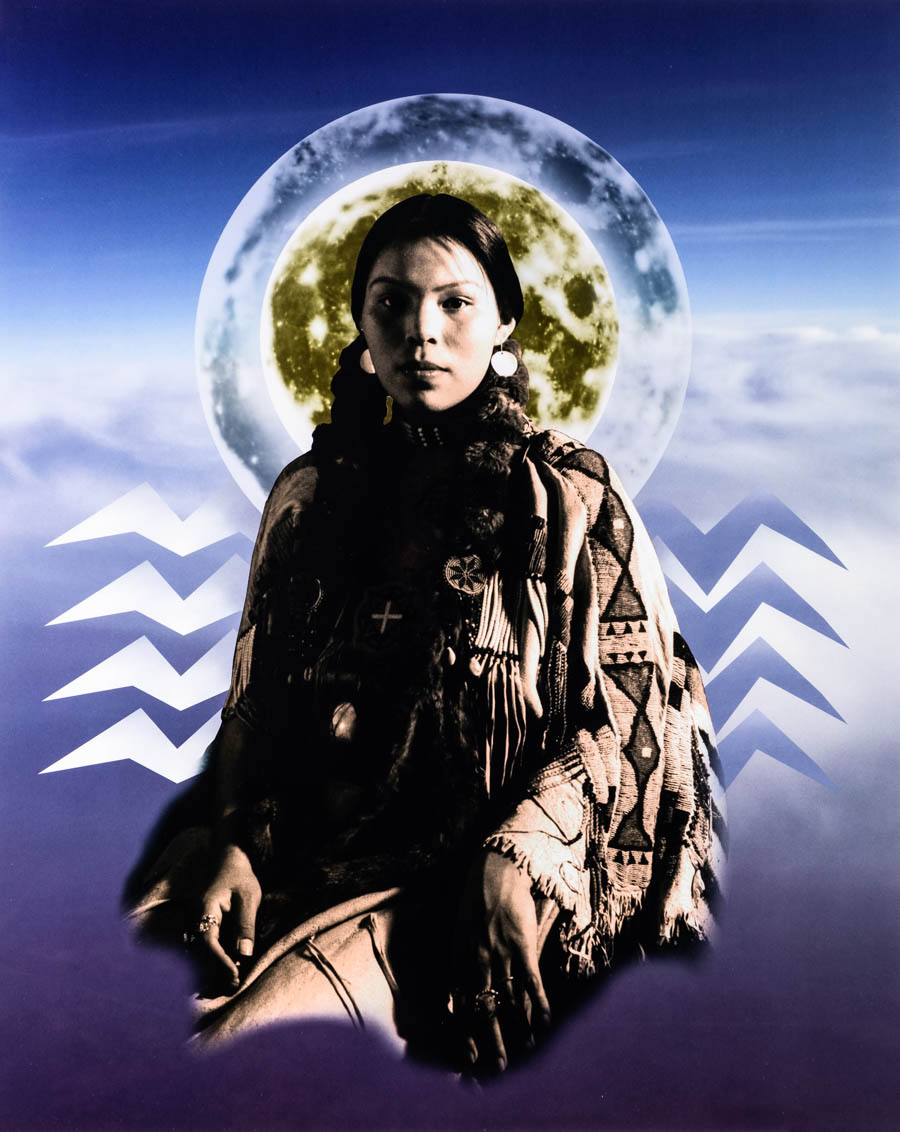
This dichotomy of traditional artwork and formal schooling is exemplified in artists like Jessica Osceola, a mixed-heritage artist of both Seminole and Irish descent, who was raised on ancestral Seminole land in Naples, Florida and received her Master’s in Fine Art Sculpture from the Academy of Art University in San Francisco. “Jessica was one of the first Native American artists whose work we acquired, which was really important because I was hoping to set the precedent for the museum acquiring more work by Native American artists,” says Wlusek. “She works in a variety of media and will be showing both her patchwork design with semi-traditional seminole clothing that she makes by hand as well as her work in clay which is more sculptural.”
Like Osceola’s work, Reclaiming Home will not be limited to one singular theme or type of media. Instead, the exhibition will feature a diverse range of media including painting, sculpture, textiles, beadwork, and photography in addition to video and film. “One thing that I found was that so many different artists cover so many different issues – the work delves into socio-political, economic, and other issues that are affecting Native American communities today and not just in FL but universally speaking as well,” says Wlusek. “Most importantly the exhibition celebrates the seminole and south eastern Native American art culture but also their creative imagination.”
This page, left to right: Alyssa Osceola (Seminole, b. 2001), Carolyn, 2022. Oil on wood panel, 36 × 36 in. Courtesy of the artist. Wilson Bowers (Seminole, b. 1985), Fire Feather or Warrior Within, 2020. Digital design. Courtesy of the artist.





